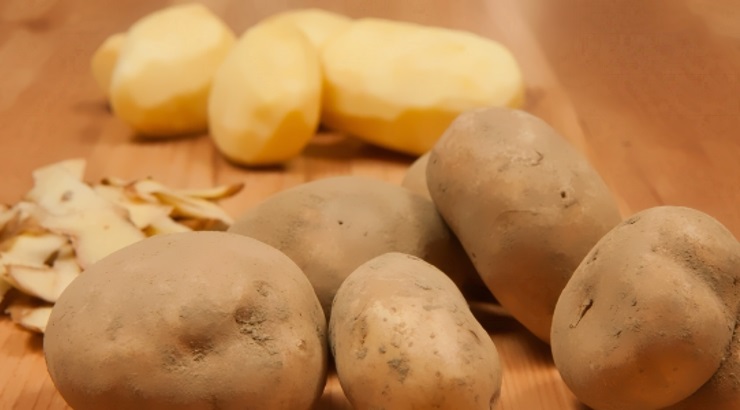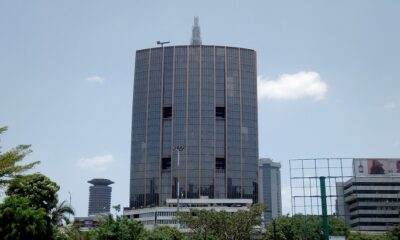Innovation
How Potato Peels Could Shape Cities of the Future
Banana and potato peels could be reconfigured into construction materials.

As the debate for sustainable construction continues to gain momentum globally, a UK engineering firm has predicted that organic food waste will be the future raw material for eco-friendly products such bricks and partition boards.
London-based Arup Group Limited has released a report that details how common organic food waste such as peanut shells, banana and potato peels could be reconfigured into construction materials that could help lower carbon emissions while cutting food wastage.
“As one of the world’s largest users of resources we need to move away from our ‘take, use, and dispose’ mentality,” said Guglielmo Carra Arup’s Materials Consulting Lead, Europe.
“There are already pockets of activity, with some producers making lower-CO2 building products from organic materials. What we need now is for the industry to come together to scale up this activity so that it enters the mainstream.”
Nearly a third of food produced globally is never consumed because it is spoiled after harvest and in transportation, or thrown away by consumers. Arup believes that, if reconfigured, this food waste could become a key architectural resource.
“An important first step is to work with government to rethink construction codes and regulations to consider waste as a resource, opening up the opportunity to repurpose it on an industrial-scale,” Carra said.
Peanut shells processed into partition boards; waste potatoes reconfigured as insulation and acoustic absorbers; mushroom bricks that grow in five days; and cultivated micro-algae facades are some of the organic materials currently under development.
The London-based firm has already designed two systems that could help inform how future reconfiguration of food waste could be done. The two include SolarLeaf, the first façade system in the world cultivating micro-algae to generate heat and biomass; and BioBuild, the first self-supporting façade panel made out of bio-composite materials.
RELATED: US Firm Stirs Up Kenyan Market with Sh850k Homes
The Urban Bio-Loop: Growing, Making and Regenerating report, which is published on the Arup website, has highlighted the following products that are currently available:-
1.) Potato peels can be cleaned, pressed and dried to create a low-weight, fire resistant, water repellent, insulating material and acoustic absorber.
2.) Rice husk ashes can be mixed with cement to reduce the need for fillers. Rice can also be used as a raw material for the production of boards.
3.) Banana fruit and leaves are being used to make rugged textiles. Bananas contain high strength fibre and have good acoustic absorption and durability.
4.) Peanuts shells are being used to produce low-cost materials, such as partition boards that are flame retardant, and resistant to moisture.












